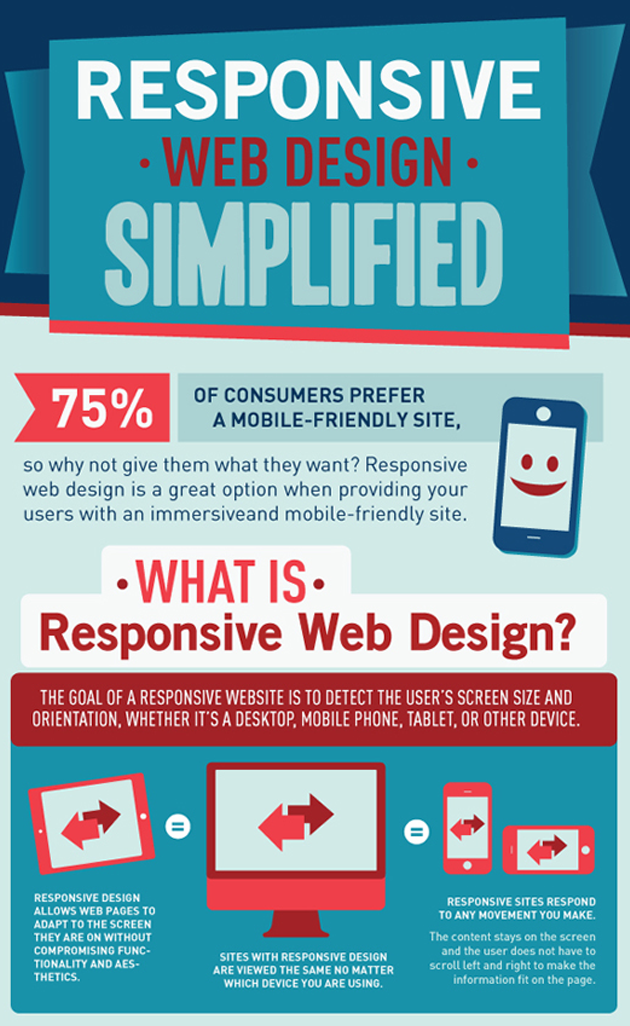Web Designs: Enhancing Individual Experience For Better Conversions
Web Designs: Enhancing Individual Experience For Better Conversions
Blog Article
Written By-David Henriksen
Have you ever went to an internet site that took permanently to lots, had a confusing navigating system, or really did not display correctly on your mobile device? Chances are, you rapidly abandoned that website and moved on to one that provided a better customer experience.
In today's competitive on the internet landscape, it's vital for businesses to prioritize web design that improves individual experience in order to drive better conversions. In this discussion, we will certainly explore the value of receptive layout, the usage of intuitive navigating, and the optimization of page load rate to develop a smooth and interesting individual journey.
Stay tuned to discover how these components can significantly influence your site's success.
Importance of Responsive Design
Receptive design is vital in today's digital landscape for creating sites that adjust flawlessly to different display sizes and devices. When your site is receptive, it instantly readjusts its design and web content to fit any device, whether it's a smart device, tablet, or desktop computer. This is crucial because an increasing number of people are accessing the internet through their mobile devices.
If your internet site isn't receptive, it can bring about a bad customer experience. Customers might need to pinch and zoom to check out content, switches may be too small to click, and pictures may not be enhanced for smaller sized screens. This can frustrate customers and lead to high bounce prices and reduced conversions.
Using User-friendly Navigation
When designing a receptive web site, it is very important to focus on utilizing instinctive navigation for an enhanced individual experience.
User-friendly navigating describes organizing your website's menu and navigating aspects in a logical and straightforward way. By doing so, you make it much easier for visitors to discover what they're trying to find and browse with your web site easily.
Instinctive navigating helps reduce confusion and irritation, inevitably causing far better customer involvement and boosted conversions.
To accomplish instinctive navigation, take into consideration using clear and descriptive tags for your menu things, implementing a constant design throughout all pages, and including search performance for quick access to specific material. Additionally, recommended site to prioritize vital pages and details, guaranteeing they're prominently shown and conveniently accessible.
Optimizing Page Load Speed
To improve customer experience, it's essential to maximize the web page lots speed of your internet site. Slow-moving filling times can discourage users and bring about greater bounce rates.
The good news is, there are a number of approaches you can execute to boost your site's load speed. First of linked here , consider reducing the size of your pictures by pressing them without endangering top quality.
In addition, enhance your code by decreasing unneeded scripts and CSS data. An additional effective strategy is to take advantage of browser caching, which enables certain elements of your website to be saved locally, decreasing lots times for returning site visitors.
Additionally, think about making use of a web content shipment network (CDN) to disperse your website's files across several servers, improving lots rate for customers in different geographical areas.
Conclusion
To conclude, by utilizing receptive layout, intuitive navigation, and enhancing web page lots rate, web designs can significantly enhance customer experience and drive better conversions.
With an user-friendly interface, easy navigation, and quick filling times, sites can capture and keep the attention of individuals, resulting in enhanced interaction and higher conversion rates.
So, do not postpone in executing browse around this site to ensure a smooth and effective customer experience!
